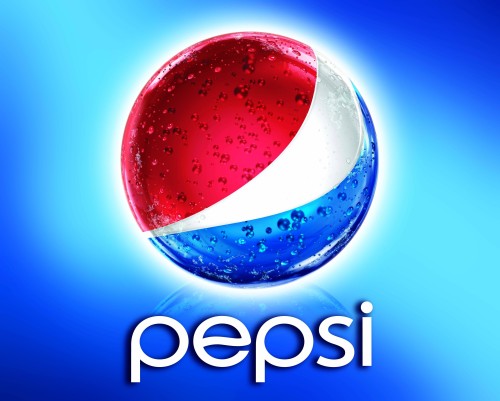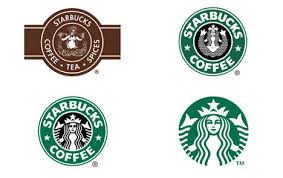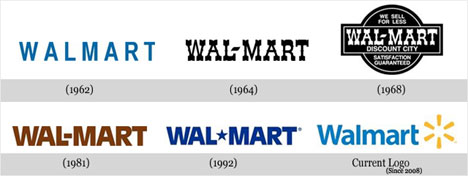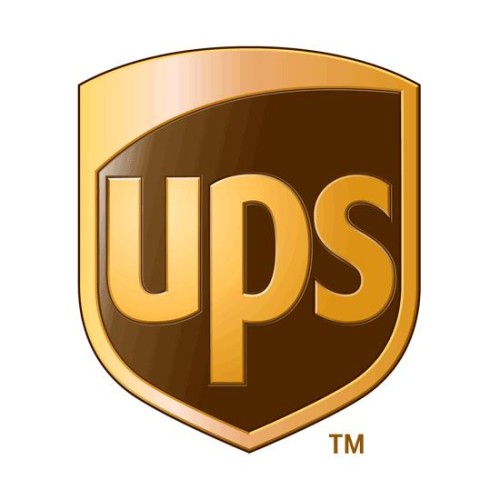Grab a cup of egg nog, some masking tape, and a Sharpie. ItÂs about to get old-school in here.
ItÂs the end of the year, and youÂre hopefully knee-deep in planning your budget and strategy for 2015. YouÂre evaluating how your 2014 plans went (fistbump).
HereÂs one quick branding project that you can do in about 30 minutes, and will help you spot any weaknesses in your branding picture.
Step One – Make a List of Online Outposts
Compile a list of every place your business has a presence online. Include social networks (FB, Twitter, LinkedIn, etc.), review sites, your own web site.
Step Two – Fire up the Printer
Print at least the first page (anything above the fold) from each place on the list. If you send out corporate emails, print one of those too. If you placed any ads online, print them.
Step Three – Deck the Halls
Tape all of the items you printed on one wall. Tape up any pre-printed items too, if you have them. Include business cards, corporate brochure, direct mail pieces, a picture of your trade show booth, go nuts.
Step Four – Stand Back and Soak it In
As you step back from the wall, and sip some egg nog, what do you see? Is it a jumbled mess? What are the messages youÂre sending? Are they the ones you want to send?
Step Five – Sharpie It Up
Use the Sharpie to circle and make notes where you see weaknesses. Do you need to add a cover image on LinkedIn (what, you havenÂt done that yet?), do you have an outdated profile blurb on SlideShare, is your old logo showing up on that productÂs Twitter page?
Step Six – Take Action
You can use the last week of the year to update and tweak these branding issues, consider hiring a branding expert to sort it out, or add action items to your 2015 plan.
YouÂll be starting the next year with a crystal clear picture of your visual brand, and a plan to move forward!








